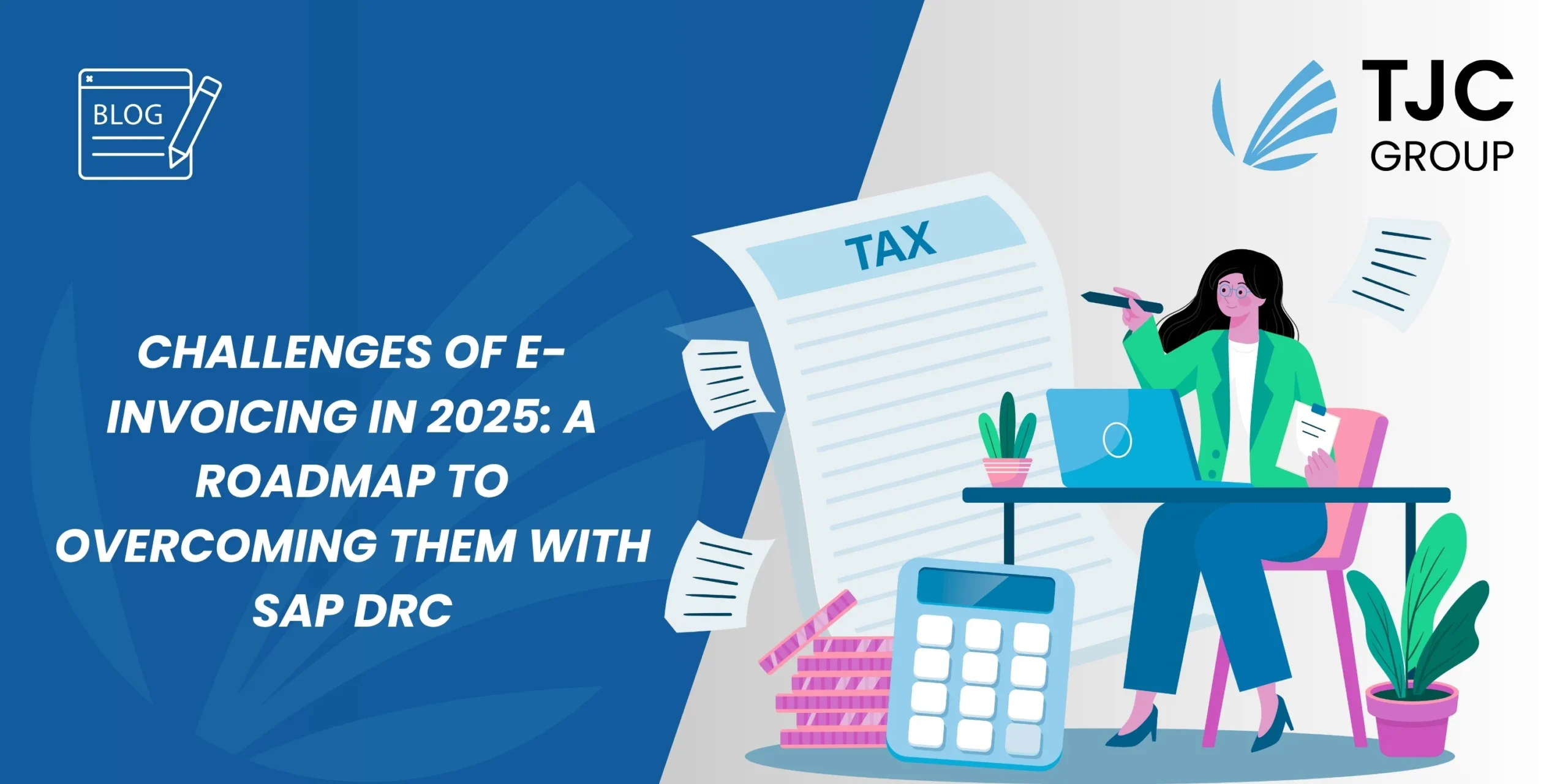A majority of companies admit to the urgency of system decommissioning; however, only a handful take action on its importance. This is because most companies either don’t have the right resources for decommissioning or are unaware of how to handle the decommissioned data. But, keeping obsolete legacy systems isn’t a solution, is it? As a matter of fact, keeping legacy systems can incur several hidden costs. Read this blog to understand why system decommissioning is necessary to say goodbye to these hidden costs and more!
Table of contents
Introduction
Incredibly, more than two-thirds of businesses still use mainframe or legacy applications to run their core business operations. Over 60% of businesses also rely on legacy systems to power their customer-facing applications. These were some of the key findings of a recent survey conducted by Tata Consultancy Services and AWS. Whilst these companies might want to retire and decommission their legacy systems, completely shutting them down is risky.
Some systems may be required in the future for compliance purposes for which audit logs needs to be maintained. This creates complexity and companies may lack the internal resources to undertake this work. Apart from this issue, what else is making modern companies, many of whom are market leaders in their industries, stick to using outdated legacy systems?
What are legacy systems?
Firstly, let’s consider the definition of a legacy system. It is an outdated computing system, hardware or software that is still in use. Some of them are positively ancient! For instance, reports published by Deloitte in the Wall Street Journal are suggesting that some companies are using IT systems that were developed over 30 years ago when Ronald Regan was President of the US!
Applications, software systems, and many other technologies can become legacy IT systems for a wide range of reasons. They may no longer receive updates, support or maintenance from the original software developer or creator. They may no longer be available to buy and they may be using obsolete technology. All of these limitations present serious security implications for the user. Some large banks, for example, are running systems that are so old, that they’ve “wrapped” them in expensive data management systems to give customers online access rather than decommission them and introduce new technology.
What is the real challenge of keeping legacy systems?
One of the main counterarguments in favour of keeping legacy systems is that it costs a lot of money to decommission and replace them. Why not just carry on as you are and do nothing? Isn’t that the best solution? Is it really more expensive to keep a legacy system than to decommission it?
The short answer to this question is YES. It is more expensive to maintain legacy systems, but it can be complex to quantify exactly how much is being wasted on maintenance costs. Post the Covid pandemic, almost three-quarters (74%) of manufacturing and engineering companies admit they still rely on legacy systems and spreadsheets to get tasks done, reveals the new research published in The Manufacturer magazine.
The main costs of legacy systems
Organisations are known to have been spending large sums of money supporting, maintaining, and implementing legacy software. For instance, some banks and insurance companies are spending up to 75% of their IT budgets on preserving legacy systems. Budgets are quickly eaten up on legacy systems because of difficulties resourcing routine management tasks, the need for highly skilled technical support and in some cases, requirements for special licensing. Wouldn’t that money be better utilised on new technologies once the legacy system has been decommissioned?
The hidden costs of maintaining legacy systems
Alongside the obvious costs of maintaining old code, there are hidden costs that companies may not immediately associate with running their legacy systems. This makes doing nothing even more of a false economy. These hidden costs include: amassing a technical debt, burdening the IT department with obsolete technology, paying for unnecessary software licenses and security, the sustainability and environmental consequences of maintaining (and powering) old applications and negative business opportunity costs. As the TCS research highlighted, 60% of companies rely on legacy systems to power customer-facing applications, resulting in a poor customer experience, with the company potentially losing out on new business opportunities.
Unveil the power of legacy system decommissioning
There is some good news. Tata’s research also highlighted that in spite of concerns about the decommissioning process, change is now afoot. 70 per cent of global C Suite executives now regard investing in mainframe and legacy modernisation as a top business priority. This mindset shift has arisen because legacy systems are regarded by CXO executives as a security risk (55%), a hindrance to business agility (57%), and problematic for application integration (61%).
Aside from security, agility, and integration issues, the perceived cost of decommissioning is another big factor. This perception is misguided because after an in-depth analysis of the cost of maintaining legacy systems vs. updating these systems, in almost all cases, the former would be considerably more expensive.
How to handle decommissioned data
One of the biggest barriers to finally saying goodbye to a legacy system is not knowing what to do with all the data it contains. The system can’t just be abandoned and needs to be professionally decommissioned. The data needs to be archived, – either deleted or transferred into a secure repository for compliance management purposes. While handling decommissioned data can be challenging, it is always a sigh of relief to have partners who can help you not only decommission legacy systems but also manage the decommissioned data.
TJC Group has developed the Enterprise Legacy System Application (ELSA), a unique, SAP-certified solution to allow companies to efficiently decommission 100% of their legacy systems and maintain easy access to the data in future if needed. The cost of maintaining legacy systems can be very expensive yet removing them altogether is risky. Some systems may only be required for a few years, but others will be needed for decades. ELSA can decommission 100% of your legacy systems – from a single ERP to hundreds of apps – and maintain traceability logs to ensure future compliance with tax requirements and data privacy laws, such as GDPR.
Conclusion
Sticking with a legacy system may prevent a company from surging ahead in its marketplace, introducing new products, moving into new geographies, or expanding its services to customers on new platforms. By properly completing the decommissioning process for legacy systems, companies can enjoy multiple benefits including improved security to mitigate the threat of cyberattacks.
Generally, older systems tend to consume more power and demand more physical space than their modern counterparts. Downsizing and relocating the data in a legacy application will actively support your organisation’s environmental goals and sustainability initiatives. From a productivity standpoint, legacy systems can be cumbersome and inefficient. Decommissioning these systems can help businesses improve efficiency by replacing them with faster and more reliable solutions, avoiding technical debt.
For instance, decommissioning can prove highly valuable in the case of mergers and acquisitions, divestments or moving to the cloud. When considered together, all these advantages help businesses save a considerable amount of cost.
Connect with us today to experience a smooth and seamless legacy system decommissioning journey with the assistance of our cloud-based application ELSA!











